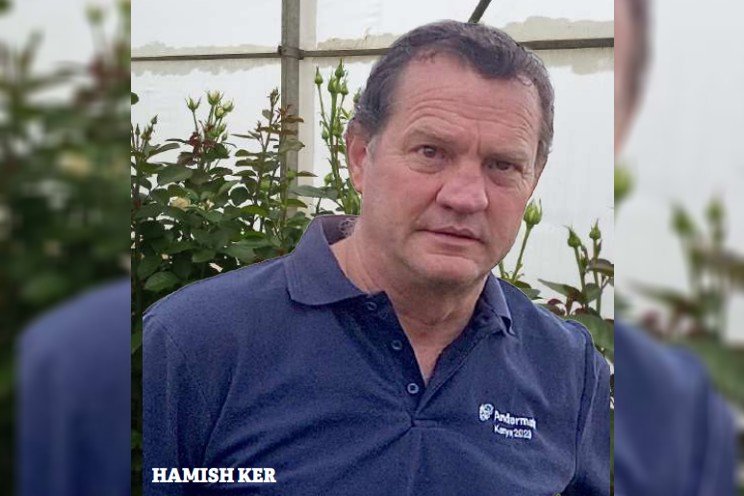Ways to grow more plants in urban areas
Added on 23 March 2022

Most of the technology needed to grow more plants in the urban and peri urban areas are already existing but usually used by commercial growers in professional contexts. Once we are able to combine proven methods, equipment with the awareness that more vegetation and hyperlocal edible plants are able to solve a multitude of planetary and social issues, users will come up with new ways and formats naturally. This is where the concept of the component based urban farming equipment of aponix tries to be a catalyst: Once interested users are given modular equipment that can be implemented into the urban context well and policy makers and communities give room and incentivize participatory projects, we will see a multitude of creative innovation.
Aponix regards all its components as infrastructure pieces that can be used to design many different growing or even plant dispensing solutions and it always needs well planned implementation into individual urban contexts. Like with larger commercial farms, their smaller counterparts will also need to be planned well for efficient operations and also provide a usable value proposition within its urban context. Being very close to citizens a whole new range of opportunities opens, just to name a few:
ˇ Grow hyperlocal edible plants and use alternative distribution mechanisms like CSA (community supported agriculture), food-coops or self-harvest gardens.
ˇ Provide purposeful jobs for citizens gardening the urban jungle.
ˇ Participatory maintenance of urban green infrastructure.
ˇ More ways the prosumer can participate or grow part of his own edibles.
People will understand this and support it with their purchasing decisions if the package is attractive to them and they have the buying power.
These are the solutions based on the concept described above that are already available:
3D-NFT
With more and more rack based vertical farms coming up aponix introduced a novel shape to grow more plants in urban farms in 2016 with its 'vertical barrel 3D-NFT'. The idea was to be able to utilize available height, maximize 3D space utilization and use natural sunlight if available. Going into 2021 the solution developed into a versatile and general modular platform to set up grow spaces to grow all sorts of plants irrigated by vertical drip irrigation from standard 2-inch netpots being grown from just a standalone unit or a larger chained and integrated setup.
One highlight here is the aponix Plug-Pot, a reusable alternative to single-use-plastic netpots commonly used in hydroponics that provides also an optional metal trellis insert to support also fruiting and small vining crops. In indoor farming where light is generated from electricity, we are mostly restricted to leafy greens, micro greens and baby leaf lettuce. With the vertical barrels users can utilize natural sunlight too and expand into fruiting crops. The grow spaces are not designed especially for a certain crop so users can switch the crops any time too according to individual demand and season.

aponix vertical barrel 3D-NFT and components Version 3
Living WallSystem
Green infrastructure will be needed more and more in urban areas. It will serve many important functions like catch storm water, provide pathways and islands for biodiversity, manage microclimate in a natural way, provide a more pleasant atmosphere overall and create participatory opportunity for citizens in setting up and maintaining these micro gardens. Adding areas where also edible plants are grown in public or semi-public areas next to decorative plants will green up people's lives. In that way walls are still underutilized.
Taking a look at the existing living wall systems, aponix discovered that there are special requirements for the installation and the ongoing maintenance of such living walls. Over time they will probably be regarded as viable and normal part of urban architecture and urban planning. The aponix living WallSystem was guided by a strict form-follows-function approach. It follows the same approach and mission like the vertical barrel: Uses very few parts, be very modular and robust, can be used outside and inside to grow a wide variety of crops on a wide range of wall types. Since it has an optional reservoir function it is already being planned to be part of storm water retention projects.
The removable plant inserts can be used to switch and renew crops flexibly. The components are flame made from resistant material and can also be used indoors as outdoors in any size or rectangular shape.

aponix living WallSystem
Young Plant TraySet
One of the challenges for the non-professional segment has always been to be able to grow strong young plants. The usual equipment you can get from hardware stores is the typical cheap plastic that breaks quick or does not work well. So aponix did it again by designing a versatile heavy duty tray set that provides elements that can be used to grow young plants from seed in these categories: Microgreens, young plants directly in soilless netpots or substrate bound young plants for your garden or raised beds. The parts are being brought into series through 2022 starting with the largest tray 10-by-20 tray in April. The elements will be available through Amazon in the EU and later also in the US.

aponix Young Plant TraySet
Different Mindset - New Perspective
Going for these new types of plant production and installations there are many beneficial aspects that will come with it: users work together, they learn from each other, they learn about the basic biological context and conditions how nature works and materials should cycle through value chains. They will pay more attention to areas where permanent or harmful waste is generated, and they plan and try to avoid it working the way to a more conscious and plant based regenerative diet affecting also other aspects of their daily lives. Any plant grown and consumed in such a context will be a win in multiple ways.
Nutrition and its distribution are complex. Of course we also need carbohydrates and protein. There will be clever solutions and integrations for these too. Aponix believes if we leave it to the VC funded PFAL (plant factories under artificial light) we will just get some more premium products grown with the highest priority being monetary profit for shareholders. Operating a business needs to be like that per definition. That is why we also like to provide alternatives and diversity. The more the better.
For more information:
Marco Tidona
Email: mt@aponix.de
Component overview: https://www.aponix.eu/components
Aponix is looking for implementation partners: https://www.aponix.eu/product-partners
Source: HortiBiz
More news















